
Inside the LLM Stack: The Technology Powering Enterprise-Grade Detection

In today's arms race between attackers and defenders, traditional rule-based and signature-based email security no longer suffices. Rapid advances in generative AI have empowered phishers to craft custom, highly convincing messages in seconds. As a result, enterprises need a fundamentally new approach: an LLM-native cybersecurity stack built from the ground up to understand intent and context, not just patterns.
StrongestLayer's platform epitomizes this vision. By tightly integrating large language models, threat intelligence, contextual reasoning, and real-time enforcement, the platform creates a unified "LLM-native" defense fabric. Rather than treating human users or email channels as passive elements, StrongestLayer embeds AI at every layer – from global threat hunting to in-browser protection to adaptive user training. This means even novel AI-driven phishing, business email compromise (BEC), or zero-day campaigns are caught proactively.
StrongestLayer's architecture leverages multiple parallel LLM engines and AI modules to mimic the reasoning of a seasoned analyst. A continuous feedback loop of data collection and learning ensures the system adapts faster than attackers. As StrongestLayer's founders explain, human vigilance must evolve in lockstep with technology. The platform not only detects threats but also trains employees to recognize AI-enhanced attacks in real time.
In practical terms, this means the LLM stack watches for suspicious domain registrations or phishing infrastructure before a single malicious email lands. The system semantically analyzes every message to infer unseen intent. The platform even intercedes in the browser or inbox to warn users or auto-quarantine danger.
Below we dissect the LLM-native detection pipeline in detail, covering each major component – the core TRACE reasoning engine, pre-campaign threat hunting, browser-level safeguards, behavioral baselining, and human-layer integrations – and explain how they work together to deliver enterprise-grade protection against today's most sophisticated attacks.
The LLM-Native Detection Pipeline
StrongestLayer's platform processes threats through a multi-stage pipeline that continuously fuses raw signals with intelligence and LLM reasoning. At a high level, the pipeline ingests multimodal signals and external data, enriches them with threat intelligence, applies LLM-based reasoning, and then enforces decisions in real time. Key stages include:
Multi-Modal Signal Ingestion
The system collects all relevant data across digital channels. This includes every incoming email and message (with full content and metadata), user and organizational context (roles, recent events, past email behavior), as well as browsing activity and network metadata. Nothing is assumed safe: even links embedded in marketing emails or chat messages are captured.
The goal is to give the AI the complete picture of who sent what, to whom, and in what context. As StrongestLayer describes it, this "multimodal signal ingestion" provides email content, sender and recipient metadata, behavioral indicators (e.g., login times, devices), and even screenshots of suspicious pages.
Threat Intelligence Enrichment & Correlation
Raw signals are immediately enriched with external intelligence. For example, every URL or domain is checked against passive DNS history, known threat feeds, and newly observed internet infrastructure. The platform correlates artifacts like certificate details, hosting IP clusters, and image similarities across campaigns. The system can spot when different emails share the same custom infrastructure or content.
This infrastructure intelligence is LLM-augmented: the engine performs predictive analysis on domain names and hosting patterns. In effect, StrongestLayer "scans the web," flagging newly registered domains or hosting setups that look connected to a potential phishing plot. All such data is consolidated into a holistic view – effectively surfacing attacker infrastructure before any harmful payload reaches the user. This enrichment step ensures that even zero-day or brand-new phishing sites are not invisible to the system.
Human-Analyst Style Reasoning
The enriched signals feed into the core LLM reasoning layer. Unlike legacy filters that simply match text or known bad indicators, StrongestLayer's LLMs "peel back the text" to infer meaning, intent, and nuances. The platform asks the same questions an analyst would: Who is the sender, and what do we know about them? Why might they be contacting this recipient? Does the message's tone or phrasing look genuine or manipulative?
The LLM analyzes narrative structure, word choice, emotional cues, and even the psychology behind an email. The system may notice that a message uses unusually urgent, flattering, or fearful language (classic social-engineering signals), or that the requested action doesn't fit the user's normal workflow. By doing this semantic analysis, the system can spot an AI-generated "urgent invoice" email whose text is novel but whose story matches common scams.
In technical terms, the LLM-based detection layer interprets the why behind each message, not just the static attributes. This allows the system to identify sophisticated spear-phishing or BEC attempts that use fresh text or images without any prior signature.
TRACE Verdict Engine
After gathering all cues, the platform's central decision engine – called TRACE (Threat Reasoning & AI Correlation Engine) – synthesizes a final verdict. TRACE combines signals from the multi-modal ingestion, threat intelligence, and contextual analysis into a single decision and actionable output. The engine maps detected patterns to known attacker techniques (using MITRE ATT&CK and other frameworks) and assigns a risk score.
Crucially, TRACE produces an explainable reasoning trail: the system can explain which signals (e.g., a mismatched domain, an urgent tone, a new malware attachment) triggered the alert.
Because TRACE operates on agentic AI principles, the engine not only labels threats but autonomously decides how to respond. The engine effectively behaves like a 24/7 team of analysts, continuously learning from new data and updating its threat correlations. As MSSP Alert reported, "At the core of its architecture is a system called TRACE, a multi-AI engine designed to think more like a human analyst." In practice, this means the decision-making is not a fixed set of rules but a dynamic, LLM-powered inference process that flags even the subtlest red flags.
Real-Time Adjudication & Enforcement
Finally, decisions from TRACE are enforced immediately across the enterprise environment. If an email is deemed malicious, the system can quarantine or tag it right at the gateway. If a link or site is unsafe, the browser extension blocks it in real time. The user interface responds instantly: genuine messages pass through, while risky ones trigger protective actions or user warnings. All of this happens at machine speed.
Moreover, the system provides clear guidance to end users and SOC teams. An Inbox Advisor alert might explain that "the sender's domain was registered yesterday and the language matches a known payment scam," empowering the recipient to avoid the risk. Security teams receive a digest of true positives with AI-generated summaries, dramatically reducing alert fatigue.
In sum, the pipeline turns intelligence into on-the-fly defense – "acting on threats immediately with automated alerts and proactive quarantining" – instead of waiting for human operators to catch up.
A modern email security stack fuses threat data, context, and LLM reasoning to catch AI-driven scams. This LLM-native pipeline is inherently multilayered and self-reinforcing. For instance, if an unusually convincing phishing email somehow passes initial filters, the user-facing Inbox Advisor will still flag it before harm occurs. If an attacker then tries to host malware on an imposter site, the browser layer will intercept it.
By dividing the workload into intelligent stages and ensuring each component feeds back into the others, StrongestLayer achieves defense in depth. The result is a platform that "deploys in minutes, automatically detects emerging threats in hours, and empowers teams within days" rather than requiring lengthy tuning or waiting for signature updates.
Key Capabilities of LLM-Native Cybersecurity
StrongestLayer's platform delivers several capabilities that legacy tools simply cannot match. These stem from the fact that its detection core is LLM-native – meaning large language models drive core decisions – combined with continuous learning. The most critical capabilities include:
- Real-Time Novel Threat Detection: The LLM continuously analyzes every incoming email or message on the fly. Because the system understands language nuances, it immediately spots even brand-new attack strategies. If a hastily written urgent request or a subtly manipulated invoice flagging patterns that deviate from normal business language. In practice, this means zero-day AI threats (emails and links created with fresh generative techniques) are caught as soon as they appear. The system doesn't wait for a signature update; it detects the oddities in context and flags them immediately.
- Intent-Driven Analysis (Beyond Heuristics): Rather than relying on brittle heuristics (e.g., "is the sender domain unusual?" or "is this URL on a blacklist?"), the platform infers intent. The system reasons about the scenario: "Is this email's storyline an emergency fund transfer? Does this link's context match a scam lure?" By focusing on why a message was written, the LLM can see through camouflage. For instance, a cleverly designed fake login page might have a benign-looking domain, but if the email narrative implies credential theft, the LLM triggers an alert. Conversely, a legitimate automated email (such as a normal password reset) won't be mistakenly flagged just because it looks anomalous. This depth of contextual understanding significantly reduces false positives and catches malicious behavior that static checks would miss.
- Continuous Adaptation to Zero-Day Threats: Generative attacks constantly spawn new templates. StrongestLayer's AI doesn't become outdated; it evolves with them. The platform continually retrains its models on the latest phishing examples, often fed by its own simulations and live threat feeds. If a novel phishing email emerges, the LLM learns its hallmarks – tone, phrases, anomalies – and instantly applies that learning across the enterprise. Over time, the system builds a broader "understanding" of what even unprecedented attacks look like. This means organizations stay ahead of attackers: by the time human analysts hear about a new scam, the LLM has often already caught dozens of variants internally.
- Multi-Modal Content Analysis: Modern threats blend text, images, attachments, and links. The LLM-native approach analyzes all of these together. The system might parse the wording of an email, examine attachment content (even running it in a sandbox), and evaluate link behavior in one shot. An email urges a user to open a spreadsheet and enter credentials, the LLM considers the combined scenario: the email narrative, the nature of the file (e.g., it contains suspicious macros), and the link context.This holistic analysis yields a far richer defense than siloed tools: "an email might look normal, but if the text urges a user to open an Excel file and enter credentials, the LLM's understanding of that combined scenario triggers an alert."
- Human-Centric Decision Support: Beyond blocking threats, the system is designed to explain them in human terms. When an alert is generated, the AI can produce a plain-language summary of why the message was risky. This empowers end-users to make safer decisions: for example, the system might highlight that the sender's address was newly registered or the email tone was unusually urgent. For security teams, the LLM can automatically summarize incidents and suggest next steps (e.g., "this appears to be a CEO impersonation attempt; consider verifying with the executive"). By generating context-aware alerts, the platform ensures operators aren't overwhelmed by noise. Staff see a concise rationale for each incident and can focus on true threats.
Core LLM Engine (TRACE)
At the heart of StrongestLayer's stack is the TRACE engine – a collection of LLM-powered modules that work in concert. TRACE (Threat Reasoning & AI Correlation Engine) is an "agentic" AI system: the engine doesn't just passively score input, it actively reasons and learns. The founders describe it as fine-tuned on vast cyber threat data to act like a team of autonomous analysts running 24/7.
Concretely, TRACE consists of multiple specialized LLM "engines" and neural modules, each focusing on a different aspect of email and threat content. If an Intent Engine examines whether the email's storyline fits known scams (CEO fraud, urgent invoices, charity appeals, etc.). A Malware Engine scans attachments or scripts for hidden patterns, even when no known signature exists. A User Context Engine compares the message to the recipient's usual behavior and tone to spot anomalies.
Other engines might analyze emotional language (detecting fear or urgency), or monitor user actions for risky trends. Finally, an Advisory/Training Engine shapes the output into user-facing alerts and education.
This multi-head design allows the system to catch threats in multiple ways. For example, the Malware and URL engines might identify a malicious link, while simultaneously the Intent Engine flags that the email narrative is a common social-engineering plot. TRACE then fuses these signals into a verdict.
Thanks to this architecture, the engine recognizes both known and novel threats. As MSSP Alert noted, TRACE is "trained to recognize subtle manipulations, anticipate emerging phishing techniques, and flag threats that don't look like previous attacks." In other words, the system excels at identifying cunning, AI-generated scams that lack any exact precedent.
StrongestLayer's team points out that TRACE is underpinned by a fine-tuned large language model (not just an off-the-shelf AI) that has been pre-trained on threat examples. This proprietary LLM ingests billions of threat indicators worldwide, enabling the system to spot malicious domains or infrastructure far beyond public feeds. Essentially, TRACE can predict which new domains or IPs are likely malicious based on pattern similarities to past campaigns.
The engine continuously refines its knowledge by scraping live data and retraining on the latest phishing kits. As a result, TRACE delivers "real-time, predictive detection of zero-day phishing and other AI-driven threats" with the "cognitive power of over a thousand analysts."
TRACE's verdicts are accompanied by explainability. For each detected threat, the engine produces a reasoning trail (e.g., "flagged because the domain was registered an hour ago and the message style matches a known CEO-fraud template"). This transparency is critical for SOC teams to understand and trust the AI's decisions.
In sum, the TRACE engine is the LLM-native brain of the system – continuously learning, correlating intelligence, and autonomously stopping attacks that no static filter ever could.
Pre-Campaign Threat Hunting
A cornerstone of enterprise-grade protection is pre-campaign detection – catching threats before they reach any inbox. StrongestLayer actively hunts the attacker's infrastructure. Instead of waiting for an email to land, the Pre-Attack Detection module scans the broader internet space surrounding the organization. The system continuously monitors newly registered domains, hosting changes, SSL certificates, and other signals that often precede phishing campaigns.
Let's say an attacker starts spinning up a website impersonating a corporate login page, TRACE's predictive AI will spot it within minutes. The system correlates naming patterns (e.g., slight misspellings of the company name in a URL) and infrastructure fingerprints (same cloud provider or page templates used in past scams). Even if the site is completely new, the LLM can analyze its content and design – a freshly cloned "login" page with hidden keyloggers or drive-by malware will be detected by the same intent and malware engines.
As StrongestLayer describes, Pre-Attack Detection adds "predictive defense, sniffing out campaigns before the first email arrives."
This proactive scanning means zero-day phishing campaigns are often neutralized at birth. When unusual domains or certificates are detected, the platform issues "pre-campaign" alerts: for example, warning IT that a spoof of company-bank.com just appeared. SOC teams can then block or monitor these assets even before a single phish is sent. In practice, StrongestLayer's customers see that the system "surfaces attacker infrastructure before launch – correlating domain patterns and early signals to block threats days in advance."
The intelligence gathered in this hunting phase feeds back into the main engine. The AI uses real-time feeds and its own threat research to generate custom phishing simulations and update its models. In this way, Pre-Campaign Detection is not siloed; it strengthens the entire LLM stack by continuously mining new threat samples. The end result is a dramatically shortened window of exposure – many zero-day schemes are caught at the reconnaissance stage, giving enterprises a chance to react before any user is targeted.
Real-Time Contextual Email Analysis
While pre-campaign hunting works ahead of time, the platform's in-line email security catches what does get sent. Every incoming email is routed through StrongestLayer's LLM-based scanner. This "AI Email Security" layer treats each message as a piece of text to be interpreted. The LLM parses the email's semantics to determine who wrote it, why they wrote it, and to whom – effectively trying to guess the author's intent.
Unlike keyword filters, the system looks at overall context. An email requesting a wire transfer is analyzed not by buzzwords but by narrative consistency. Even if the email is a slight variation on a new scam (e.g., requesting gift cards instead of a bank wire), the engine can recognize the intent. The system would spot that "please buy two $500 Amazon cards" in the CEO's name is a variant of a known gift-card fraud scenario, even if no specific signature exists.
This semantic screening also includes AI-powered attachment and URL analysis: every link is expanded and checked by the URL engine (which uses behavioral baselining) and attachments are opened in a sandboxed analyzer. The LLM contextualizes these elements – the system knows that an official invoice wouldn't normally be a suspicious Word document asking for credentials – and flags anomalies.
Operationally, this means the system blocks threats "before they reach your inbox." If the model's analysis deems an email high-risk, the platform can quarantine or tag it automatically. Phishing attempts and AI-generated BEC requests are stopped in real time, thanks to these deep inspection models. Critically, there is no learning period or manual tuning – the LLM is effective immediately on day one, simply because it's been pre-trained on threat-rich data and constantly updated.
From the end user's perspective, legitimate emails flow normally, while suspicious ones trigger contextual warnings. This is powered by the same intent analysis: if an email from a legitimate supplier suddenly asks for an unusual action, the Advisor will intercede. The LLM also integrates directly with popular inbox platforms. StrongestLayer's Inbox Advisor plugs into Microsoft 365 or Google Workspace and continuously scans mail in real time. If the system finds something off – say, an unfamiliar domain or a phishing tone – it immediately surfaces an alert in the user's view, explaining the risk in plain language. This doubles as a training moment: users learn from the feedback, reinforcing safe behavior.
By coupling LLM-driven detection with immediate, plain-language guidance, the email analysis subsystem turns every mailbox into a monitoring point. In sum, StrongestLayer's native email security ensures that even AI-crafted spear-phishing or deepfake BEC attempts are scrutinized by meaning, not just by static rules.
Behavioral Baselines and Anomaly Detection
A critical aspect of enterprise-grade security is understanding what "normal" looks like, so anomalies stand out. StrongestLayer weaves behavioral baselining throughout its LLM stack. For users, the platform builds profile baselines (discretely and without exposing PII) of how individuals normally communicate. The system learns typical email lengths, styles, and communication patterns. The User Context Engine constantly compares each email's tone and content to these baselines.
An executive suddenly writes in an unusually informal or urgent tone, or if an email's phrasing deviates significantly from that person's normal style, the LLM flags it as suspicious. Crucially, this happens without needing to export or store personal writing samples externally; the analysis is intent-focused rather than profile-focused.
Similarly, on the network side, StrongestLayer benchmarks normal URL and domain behavior. Its URL analysis includes a "behavioral benchmarking" step. The system knows what a legitimate site's characteristics should be, so any link whose attributes (domain age, IP address region, path structure, certificate fingerprints, etc.) deviate from safe baselines gets flagged.
For instance, a URL pointing to a login page that hasn't followed the usual update patterns, or that comes from a known benign domain but suddenly serves a new JavaScript payload, will be marked abnormal. This is more than a simple blacklist; it's a learned expectation of how corporate links and web assets normally behave. By comparing live links against this learned "normal," the LLM can predict phishing even in URLs that superficially look valid.
On top of content and URLs, the platform also considers behavioral indicators from users' actions. If an employee clicks many links without caution, or if hundreds of emails in the organization suddenly contain the same new malicious URL, the system's Behavioral Engine triggers automated coaching or alerts. If multiple users report or miss a phishing attempt, the system might automatically schedule a training campaign or raise priority for the SOC.
Human-Layer Integration and Security Training
Defense isn't only about technology; it's also about empowering people. StrongestLayer deeply integrates the human layer into its security strategy. One key element is the AI Inbox Advisor, an intelligent assistant that lives in the user's mailbox. As mentioned, the system alerts employees in real time when a message is suspicious, explaining why. This "just-in-time" guidance turns every employee into an extra sensor on the front lines.
A CFO impersonation email slips through, the Advisor might highlight "domain typo detected and language is urgent; please verify identity" directly in the email view. This educates the user at the moment of risk, reinforcing secure habits.
Complementing the Advisor, StrongestLayer's platform provides autonomous security training that is tightly linked to live threats. Unlike generic phishing quizzes, this training is generated from actual attack data. The LLM analyzes real phishing campaigns hitting the company and automatically crafts training modules or simulations from them.
For instance, if the system recently detected a "fake invoice" scam targeting the finance team, the platform can generate a follow-up test email using the same style, just for that department. When employees encounter these simulated threats (or even real ones they missed), the platform delivers immediate, contextual training in their workflow – for example, a pop-up quiz or a quick explainer on what cues they should have noticed.
This in-workflow training means learning happens exactly when needed. Studies show people forget generic training quickly, but teaching tied to real incidents "really sticks." Moreover, StrongestLayer's analytics then measure how training translates to behavior: the system tracks whether employees click fewer malicious links over time, or whether the workforce is becoming more resilient against evolving scams. Security teams can see clear metrics on improvement – all driven by the same LLM that protects the inbox.
The LLM not only stops an attack, it uses the attack to teach employees and reinforce vigilance. As CEO Alan LeFort notes, this is critical in the coming AI era: human vigilance must "evolve in lockstep with technology," and StrongestLayer's platform exemplifies this by simultaneously detecting threats and "training employees to spot AI-enhanced attacks in real time."
By embedding education into the flow of work, the platform ensures the human factor becomes a strength, not a weakness. Every suspicious "CEO" email that prompts an Advisor alert or an interactive training quiz helps employees learn the patterns of AI-driven scams. This human-AI synergy – alerting users with plain-language explanations and feeding back to the SOC – creates a force multiplier effect for enterprise security.
Protection Against AI-Driven Phishing, BEC, and Zero-Day Campaigns
StrongestLayer's LLM-native stack is specifically built to tackle the threats most modern enterprises face. The fusion of its components yields robust defense against:
AI-Generated Phishing
Traditional filters fail to catch highly tailored phishing emails created by generative AI. In contrast, StrongestLayer's approach scrutinizes the intent and context of every message. The LLM identifies the common narrative of phishing (e.g., an urgent request for payment) even if the wording is unique.
Business Email Compromise (BEC)
CEO and executive impersonation scams often bypass content filters because they mimic normal communications. StrongestLayer adds layers of defense. The TRACE engine checks writing style and sender details against baselines; even minor anomalies (a slight misspelling in the CEO's address, or an unusual phrasing) trigger alarms. As one case study showed, a false payroll email from a "CEO" was caught when the LLM noticed the tone did not match real executive communications and the domain name had a typo.
Additionally, pre-campaign detection might catch a fake "company portal" being set up in advance of a BEC scheme. If any fraudulent request passes to the user, the Inbox Advisor will warn that "this sender seems uncharacteristic" based on contextual cues. By combining intent analysis, domain verification, and behavioral baselining, StrongestLayer stops sophisticated BEC attempts that would fool legacy gateways.
Zero-Day Campaigns
The platform is expressly designed for zero-days. A zero-day phishing campaign often uses brand-new domains, immaculate visuals, and AI-polished text that legacy tools have never seen. StrongestLayer counters this with two prongs. First, Pre-Attack Detection sniffs out the campaign's infrastructure before any email is sent. Second, the LLM analyzes live emails for subtle human cues.
Since zero-day phishes rely on psychological tricks (urgency, authority, deadlines, etc.) rather than known malware, the LLM's understanding of language is crucial. The system will catch a brand-new phishing link as suspicious the first time it's clicked if the surrounding language doesn't fit norms.
Holistic Zero-Day Response
Beyond email, the system catches zero-day threats across channels. In one simulated test, a voice-phishing (vishing) attempt was transcribed and analyzed by the same models. The platform's multi-channel mindset means even non-email attacks (like fake websites or chat scams) are handled by the same LLM reasoning. This broad reach is future-proof: as attackers use AI in new ways (deepfake calls, text messages, collaboration tool phishing, etc.), the LLM stack can extend protection automatically by adding those channels into its monitoring.
By fusing LLMs with intelligence and real-time controls, StrongestLayer delivers enterprise-grade protection. The system catches phishing by understanding intent, stops BEC by profiling normal executive communications, and eradicates zero-day attacks by hunting anomalies from the first sign of campaign activity. In every case, the system operates proactively – "hunting [threats] down across the web" – rather than waiting to react. This proactive posture fundamentally shifts security from defensive to offensive, meaning attackers are outpaced instead of victims of circumstance.
Security Design Rationale
The design of StrongestLayer's stack reflects careful security engineering principles:
- LLM-Native Foundation: The choice to make the large language model the core of the system (rather than an add-on) means the solution does not suffer from the brittleness of rules. LLMs are inherently better at generalizing and adapting to unknown inputs. StrongestLayer leverages this by fine-tuning an LLM on cybersecurity data, enabling semantic threat detection that rigid filters can never match.
- Agentic, Continuous Learning: By employing an agentic AI engine, the system continuously evolves. There is no long learning period or manual rule updates. The platform is effectively always learning: ingesting new campaign data feeds, refining models, and updating detection logic autonomously. This design maximizes agility, so defenses stay one step ahead even as attackers innovate.
- Convergence of Intelligence and Context: Rather than treating threat intelligence, UEBA, and email scanning as separate silos, StrongestLayer integrates them. The pipeline allows a single TRACE decision to consider passive DNS intel, user behavior baselines, and message semantics all at once. This convergence – fusing LLM reasoning with traditional signals – was intentional. The system ensures that if any one signal is subtle or missing, others can compensate, creating a robust multi-vector understanding of each threat.
- Explainability and Trust: Every component is designed to provide context to human operators. The system doesn't just block an email; it explains why. This transparency was prioritized to ensure security teams trust the AI, making investigations and tuning easier. The result is fewer "black box" alerts and more actionable intelligence handed to analysts.
- Integration and Usability: The platform was built to integrate quickly into existing environments (with no rip-and-replace). The system works alongside Microsoft 365, Google Workspace, Slack, and other tools. All user-facing components (inbox advisor, browser extension, training portal) were designed with minimal friction to the user. This seamless integration ensures that strong security doesn't come at the cost of user experience or require large infrastructure changes.
These design choices reflect a modern security ethos. By trusting LLM reasoning and closing feedback loops (from detection back into training), StrongestLayer avoids the "alert paralysis" of older systems. The company's literature repeatedly emphasizes that "AI-native cybersecurity tools differ from traditional tools in several key ways: [they] interpret language semantically instead of matching signatures; they adapt quickly to emerging threats without manual tweaking; they reason about context, not just static attributes." Each architectural component – from the LLM core to the user trainer – is built to realize these principles.
Final Thoughts and Future Directions
StrongestLayer's LLM-native cybersecurity stack represents the next generation of enterprise threat protection. By embedding large language models into every facet of email and web security, contextualizing every signal, and providing real-time enforcement, the platform outperforms legacy defenses on every front. The system empowers organizations to stop even novel AI-driven phishing and BEC in their tracks, and to neutralize zero-day campaigns before they execute.
Looking ahead, this LLM-based approach will only grow more powerful.
In short, the LLM-native paradigm has only begun to be realized. The fusion of semantic AI with threat intelligence will continue to evolve: we can expect smarter self-defending networks, wider adoption of AI-generated training, and even generative-adversarial testing (where defenders simulate AI-attacks to validate security).
StrongestLayer's approach – thinking like a human analyst at machine speed, then automating that logic – points a clear way forward. By empowering both machines and people with deep understanding, enterprises can stay ahead in the age of intelligent threats. The LLM stack isn't just a product; it's a blueprint for future cyber defense, designed to evolve as attackers do, and to secure all of enterprise communication with unprecedented agility and insight.
Frequently Asked Questions (FAQs)
Q1: What is LLM-native cybersecurity?
LLM-native cybersecurity refers to architectures built from the ground up around large language models (LLMs). Instead of bolting AI onto legacy filters, these platforms use LLMs as core reasoning engines—parsing text, inferring intent, and adapting in real time to novel threats.
Q2: How does the TRACE engine differ from traditional email filters?
TRACE isn't just a single filter or rule set. It's a multi-model LLM ensemble that ingests content, context, behavioral baselines and threat-intel signals, then "reasons" about each message's intent—much like a human analyst—before deciding to block, quarantine, or allow.
Q3: What is pre-campaign detection and why is it important?
Pre-campaign detection hunts attacker infrastructure (new domains, cloned sites, emerging phishing kits) before the first malicious email is sent. This proactive stance cuts attacker kill chains short and reduces the window of exposure by days or weeks.
Q4: How does browser protection integrate with email security?
The same LLM logic that analyzes emails also powers a lightweight browser extension. When a user clicks a link, the extension immediately evaluates the destination—using domain intelligence and semantic analysis—and blocks or sandboxes suspicious sites in real time.
Q5: Can LLM-native approaches reduce false positives?
Yes. By understanding narrative context and comparing it to an organization's normal behavior patterns, the system discriminates between genuine and malicious emails more precisely—so you block more attacks while letting legitimate messages through.
Q6: How are employees trained in this model?
StrongestLayer's platform automatically generates phishing simulations and just-in-time training modules from real threats detected by TRACE. When a live or simulated phish occurs, users get immediate, contextual feedback, turning every incident into a learning opportunity.
Q7: Is this solution compatible with existing enterprise systems?
Absolutely. The LLM stack integrates via APIs and lightweight agents with major cloud email platforms, identity providers, SIEM/XDR tools, and standard browsers—so you add AI-native detection without ripping out your current infrastructure.
Q8: What performance impact does real-time LLM analysis have?
The architecture is optimized for low latency. In most deployments, TRACE analyzes and enforces decisions in under 100 ms per message or link click. Model inference is distributed across scalable microservices to keep user experience seamless.
Q9: How does the system adapt to emerging AI-driven threats?
Continuous learning loops ingest new threat data—from live detections, crawling phishing pages, and user feedback—and retrain the LLMs automatically. This ensures that zero-day scams and novel generative-AI attacks are caught from day one.
Q10: What comes next for LLM-native defense?
Beyond email and browsers, future expansions include voice-phishing analysis, collaboration-tool protection, and cross-channel orchestration. The core principle remains the same: use semantic AI to reason about intent and context, then automate enforcement and human training in lockstep.






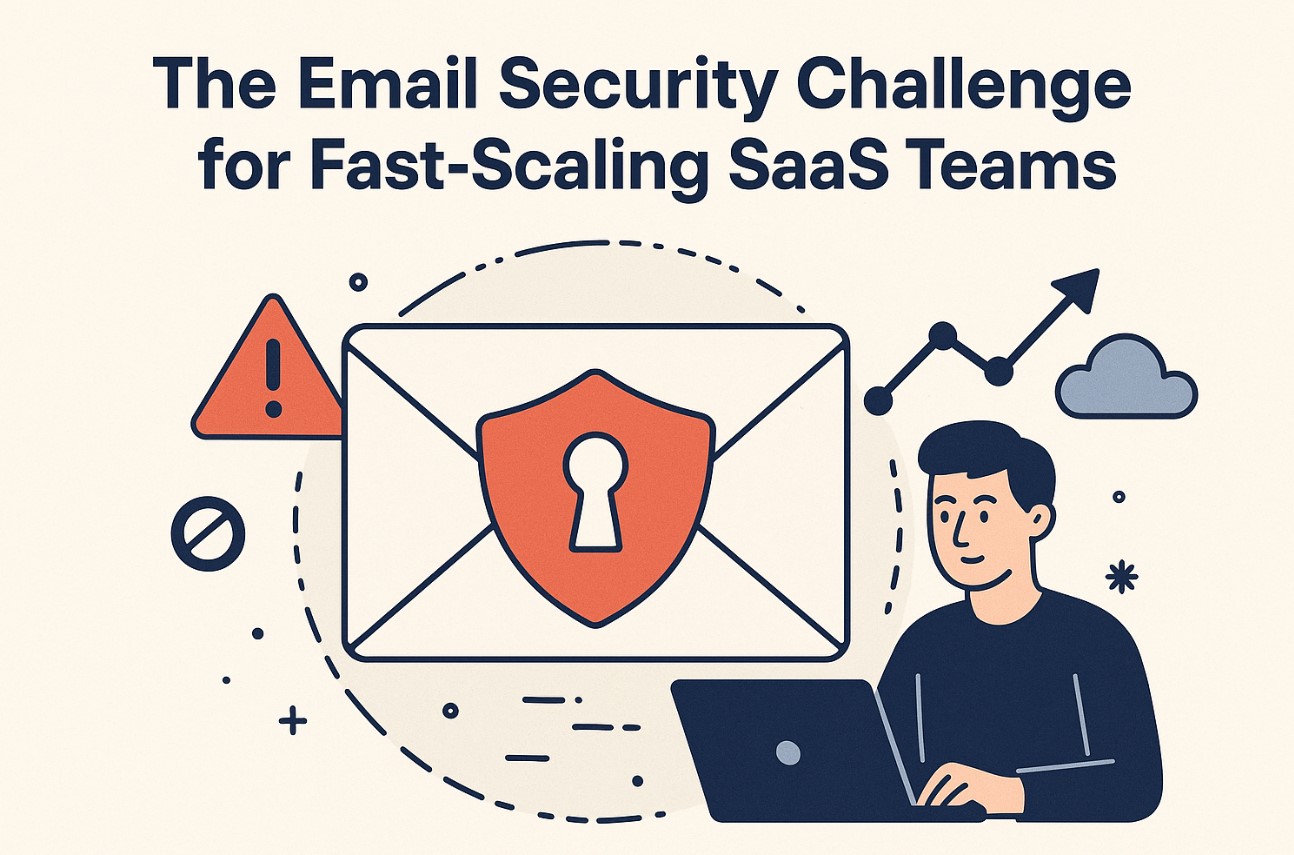
.png)
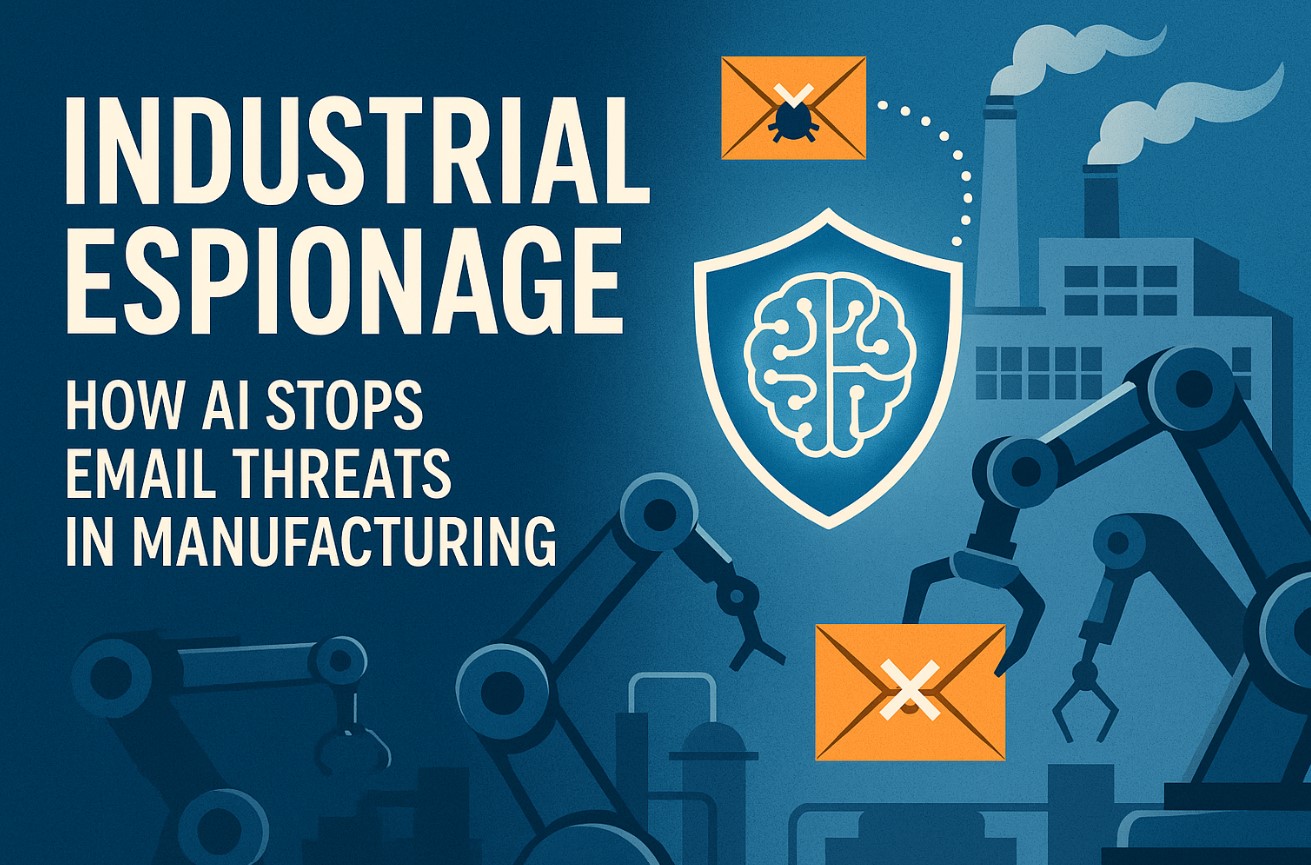

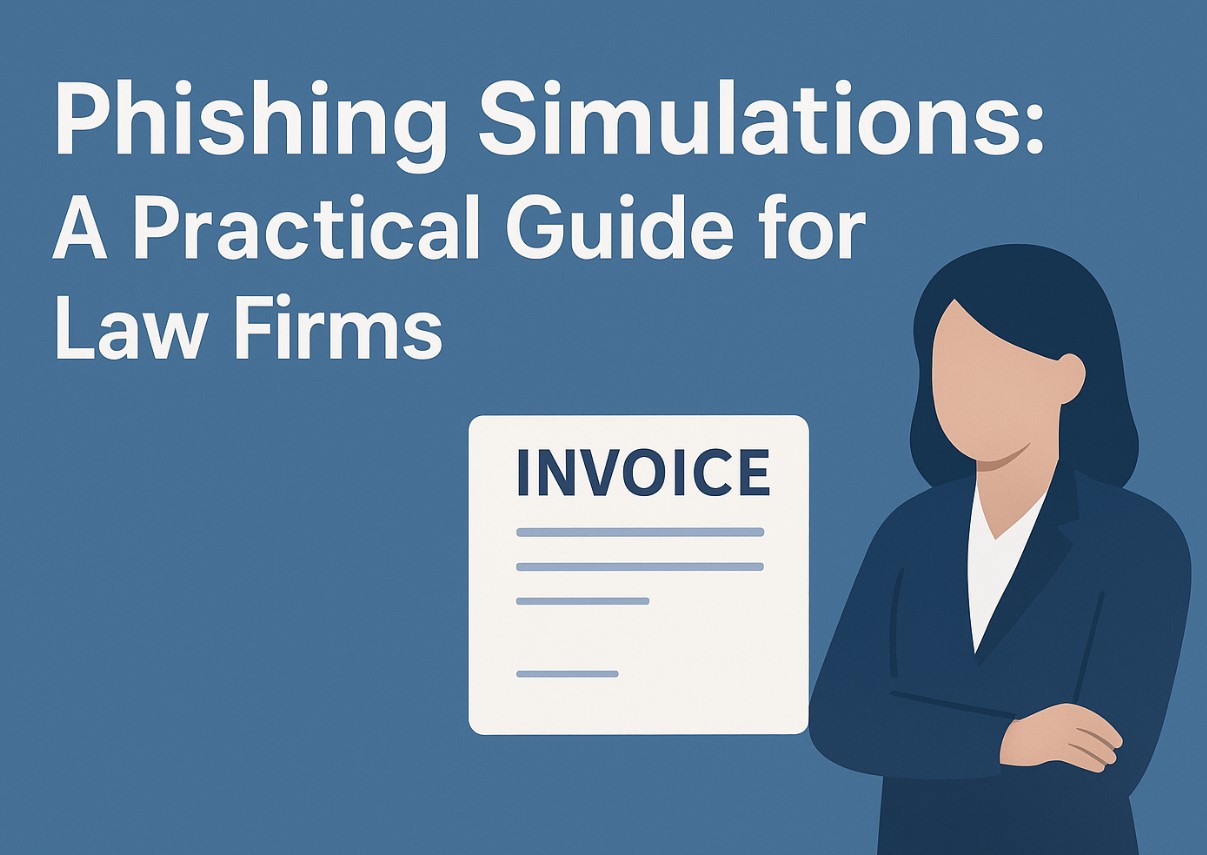


.png)
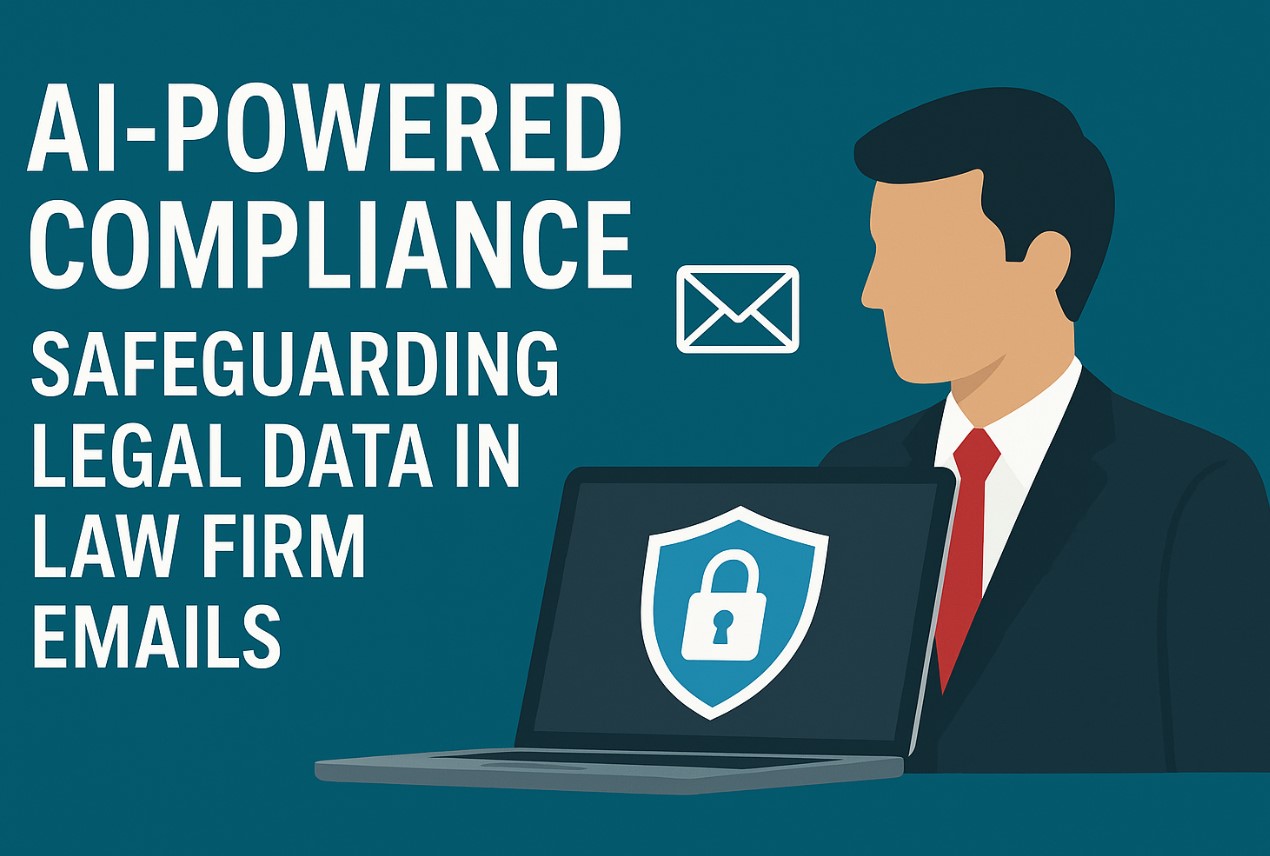

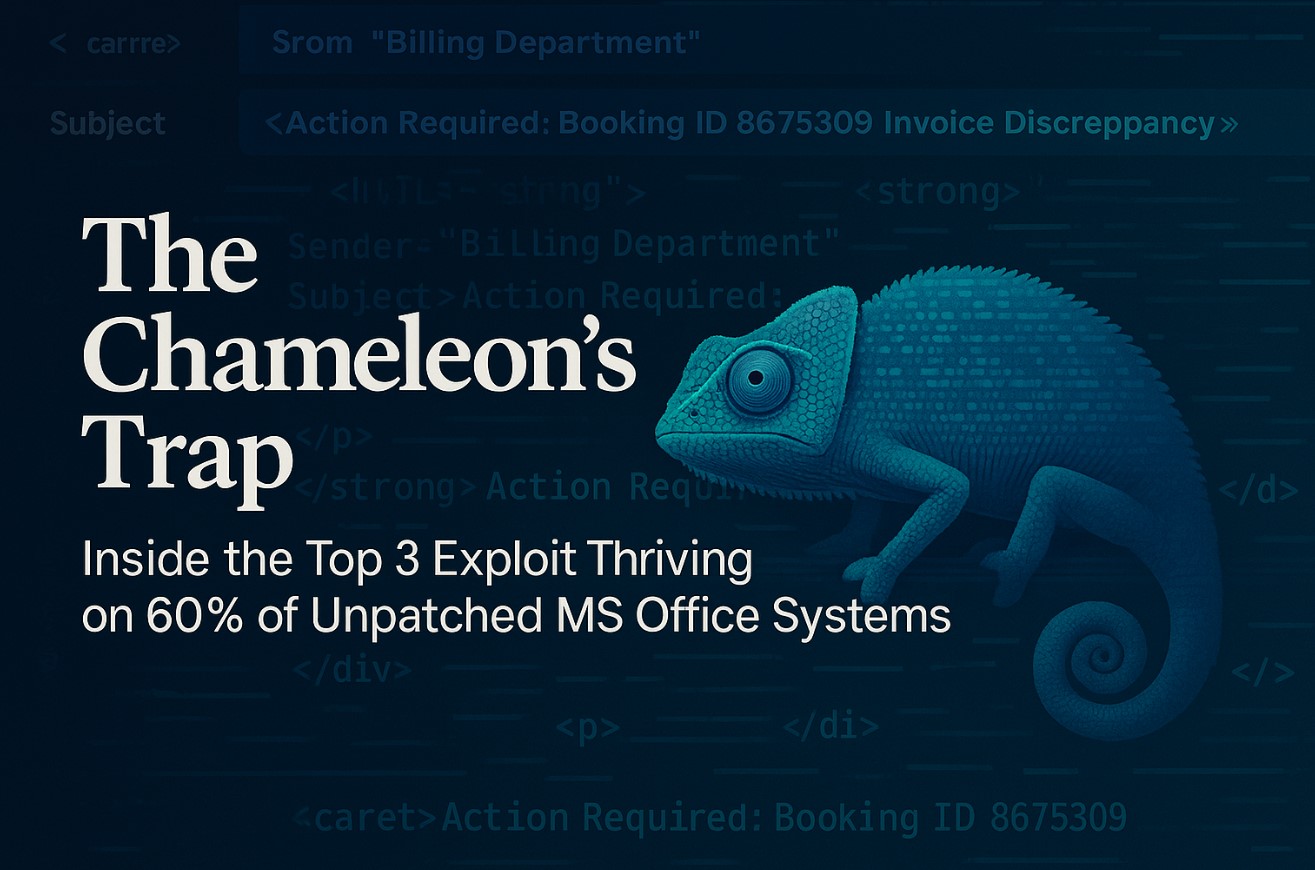

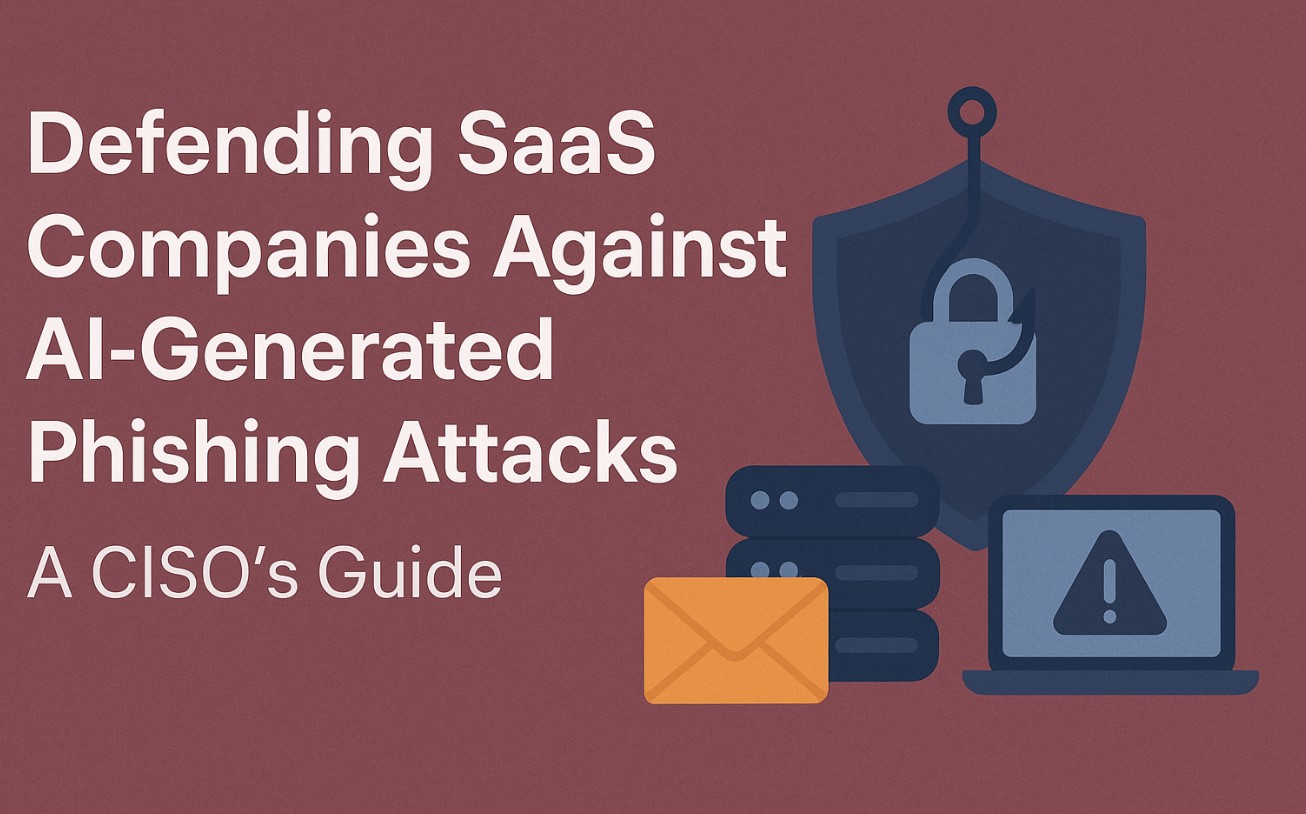


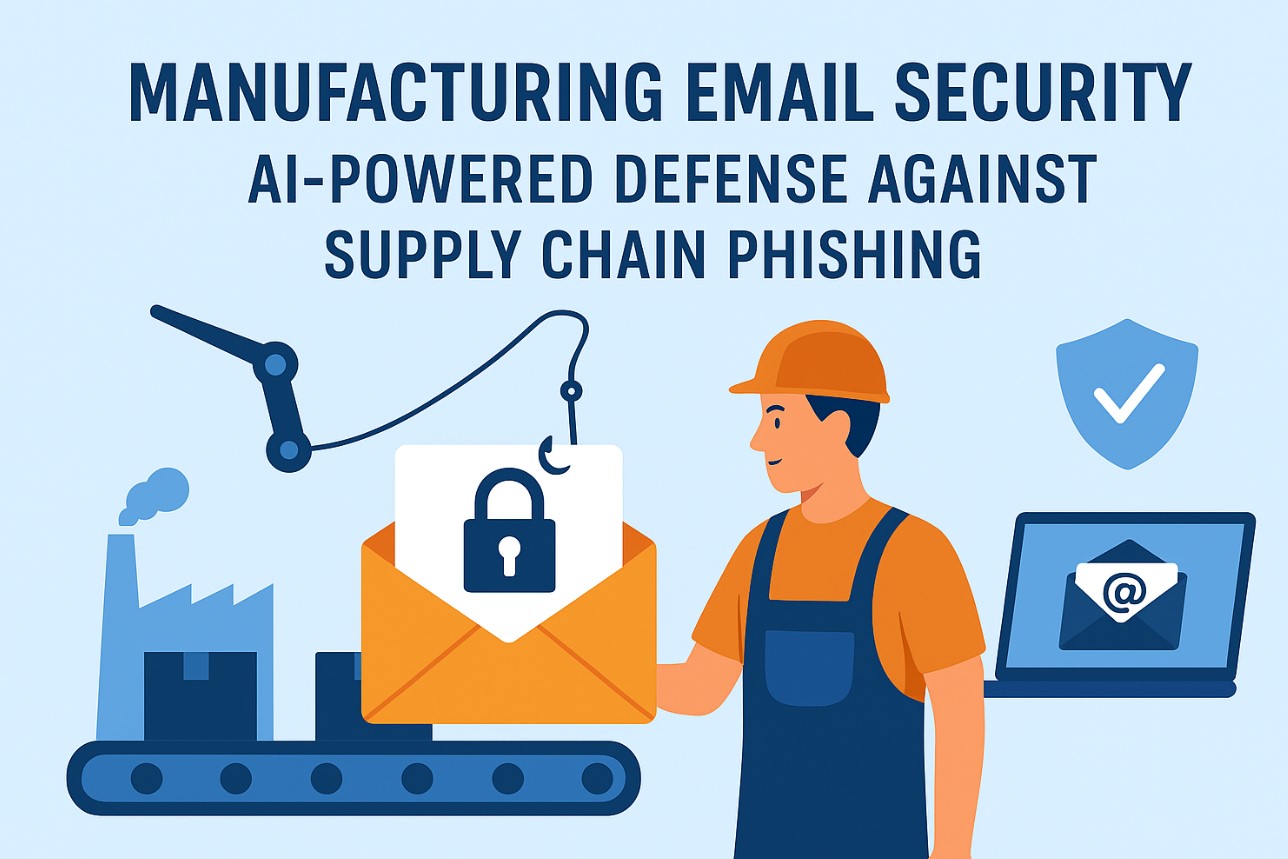
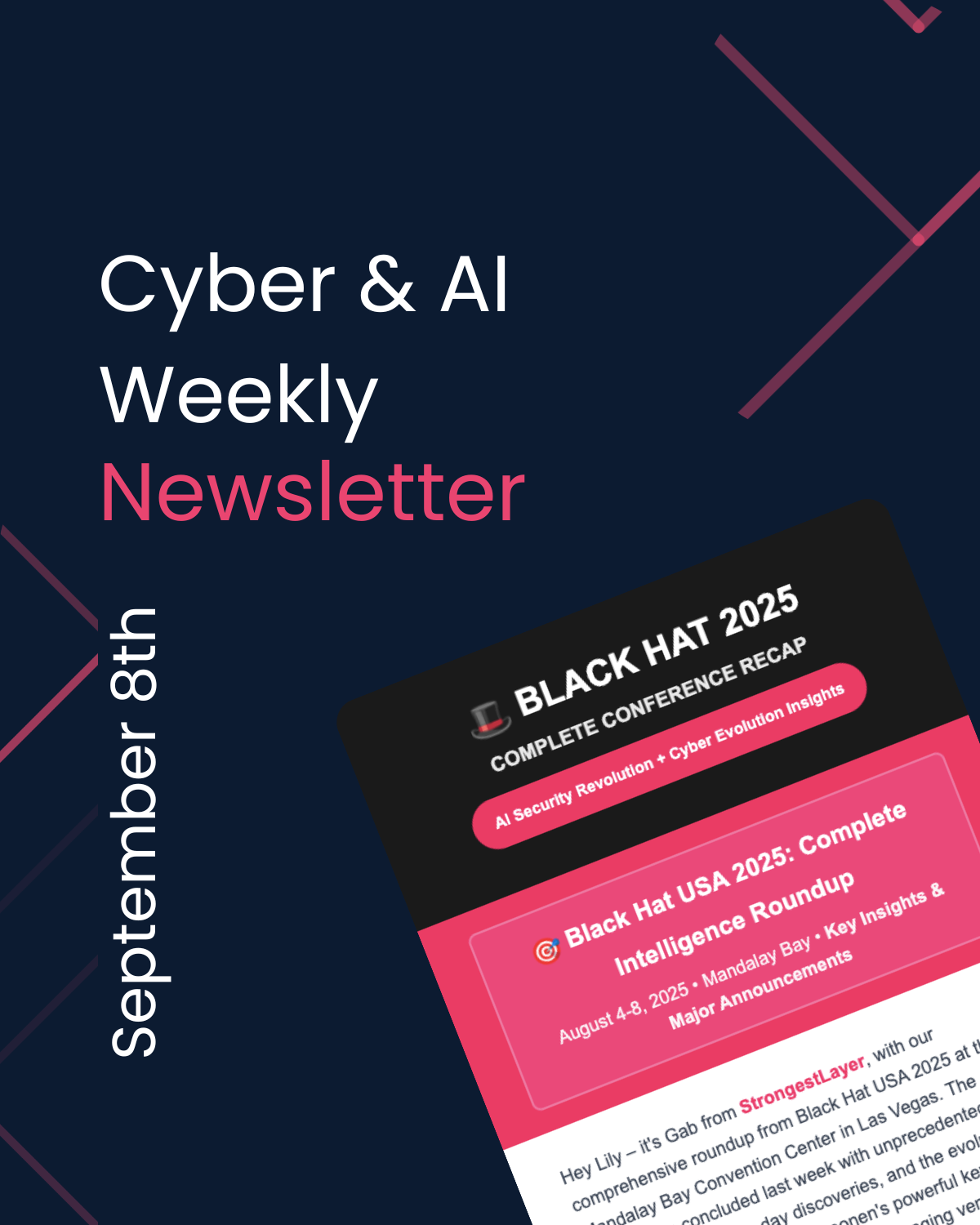
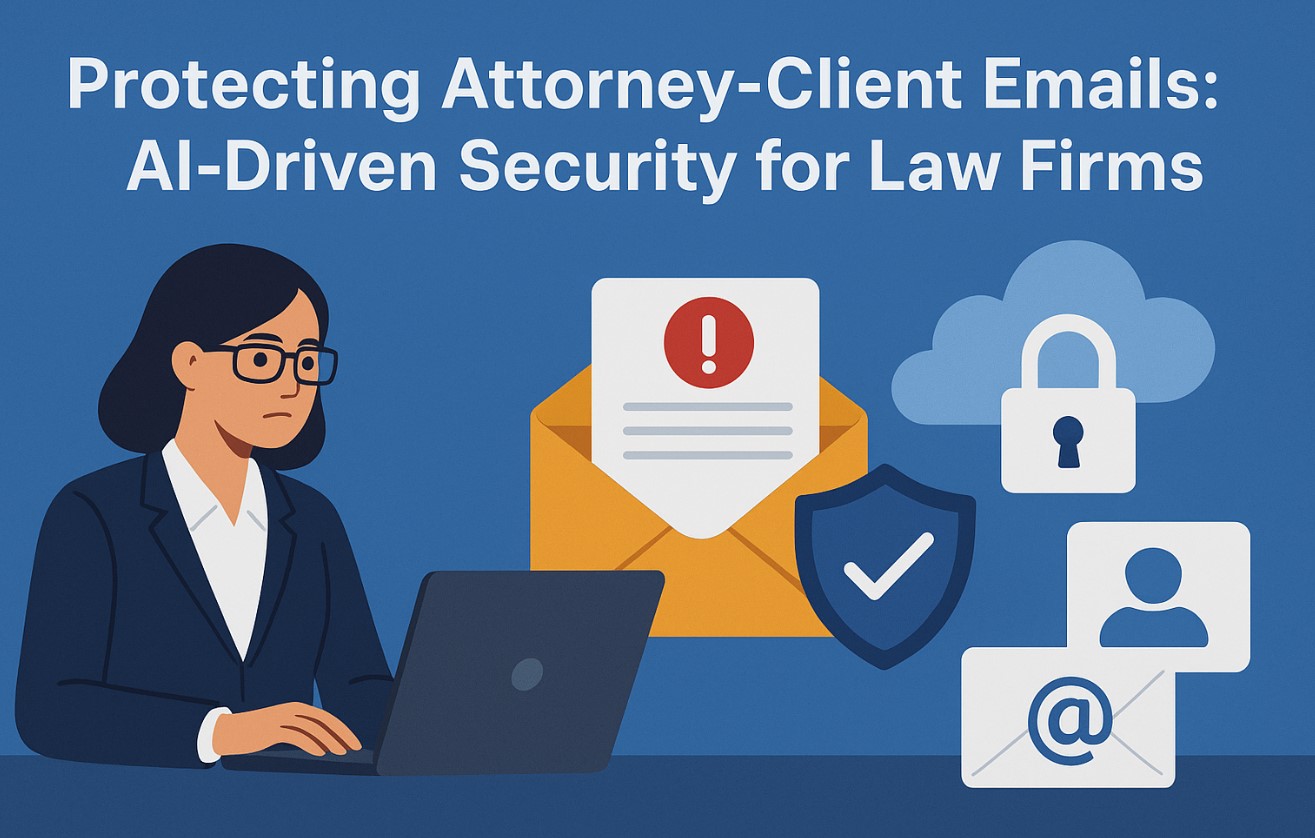

.png)

.png)
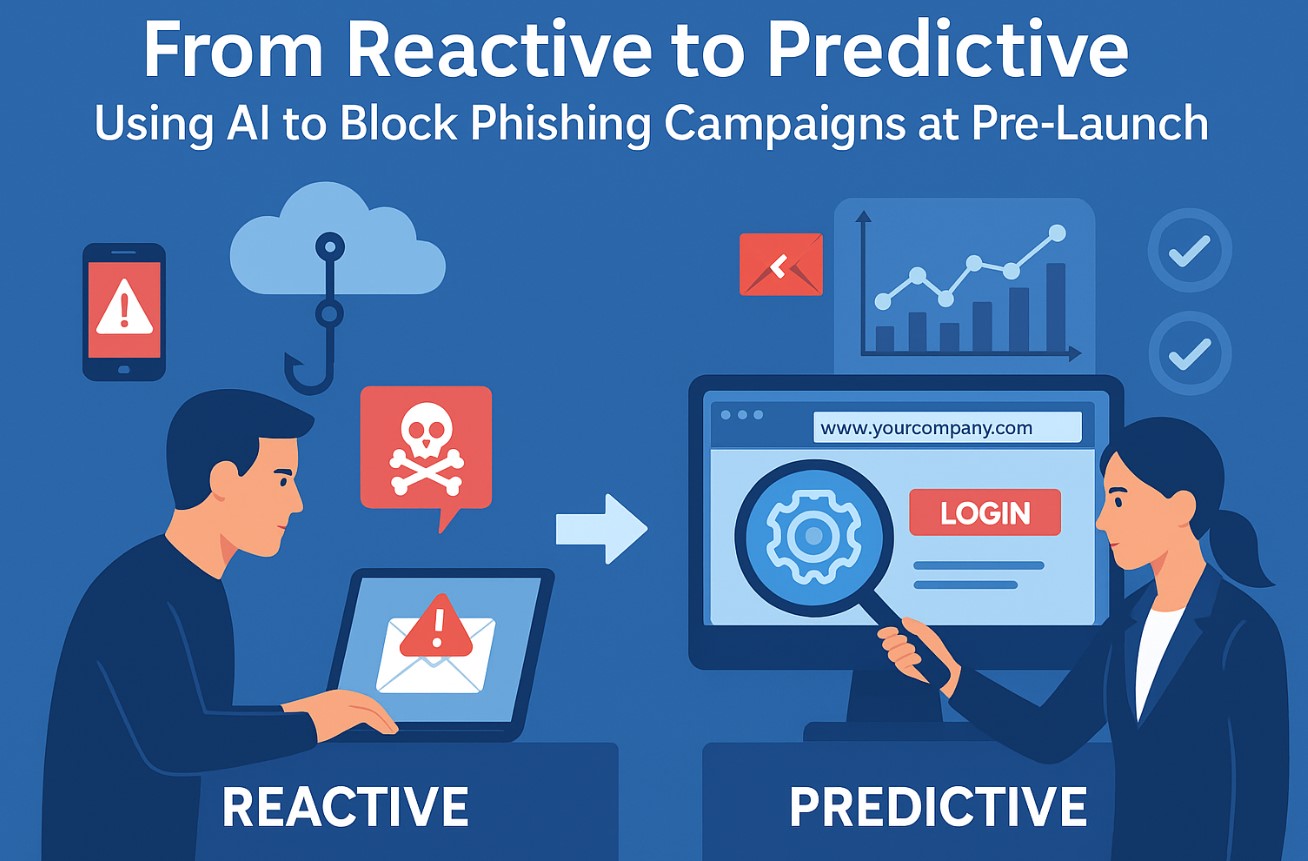


.png)
.jpg)
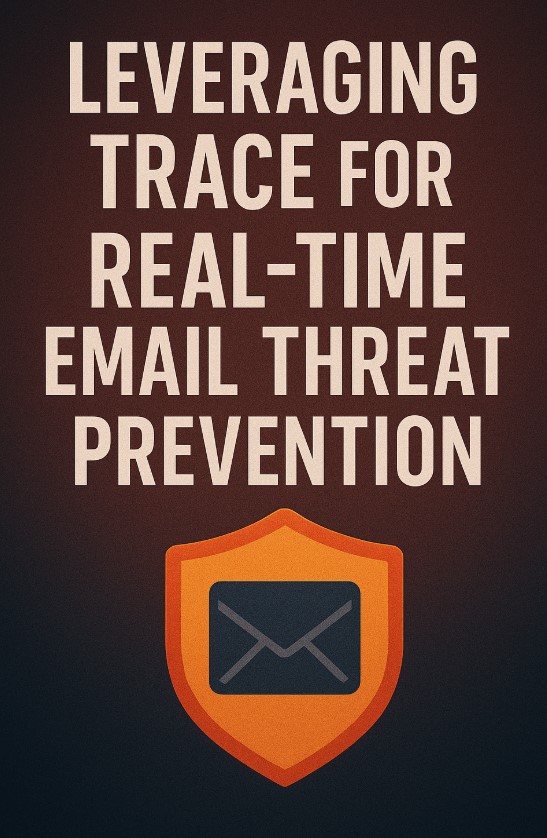
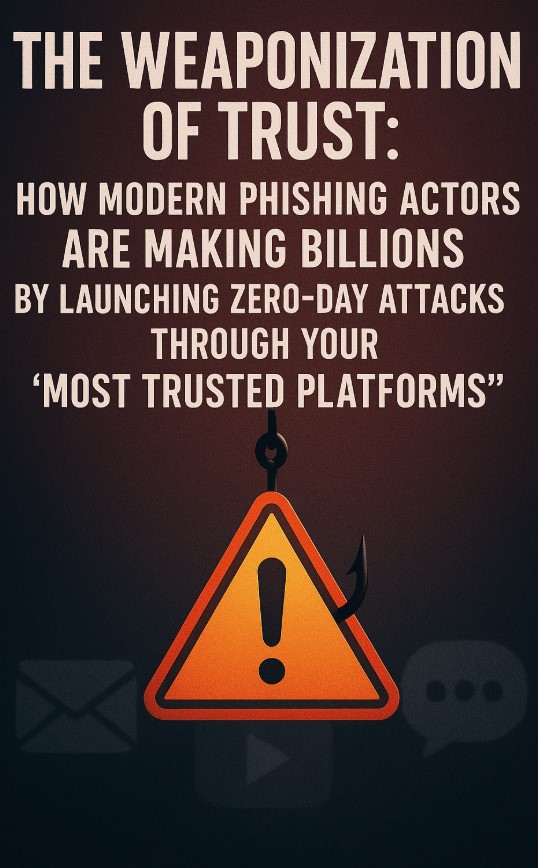

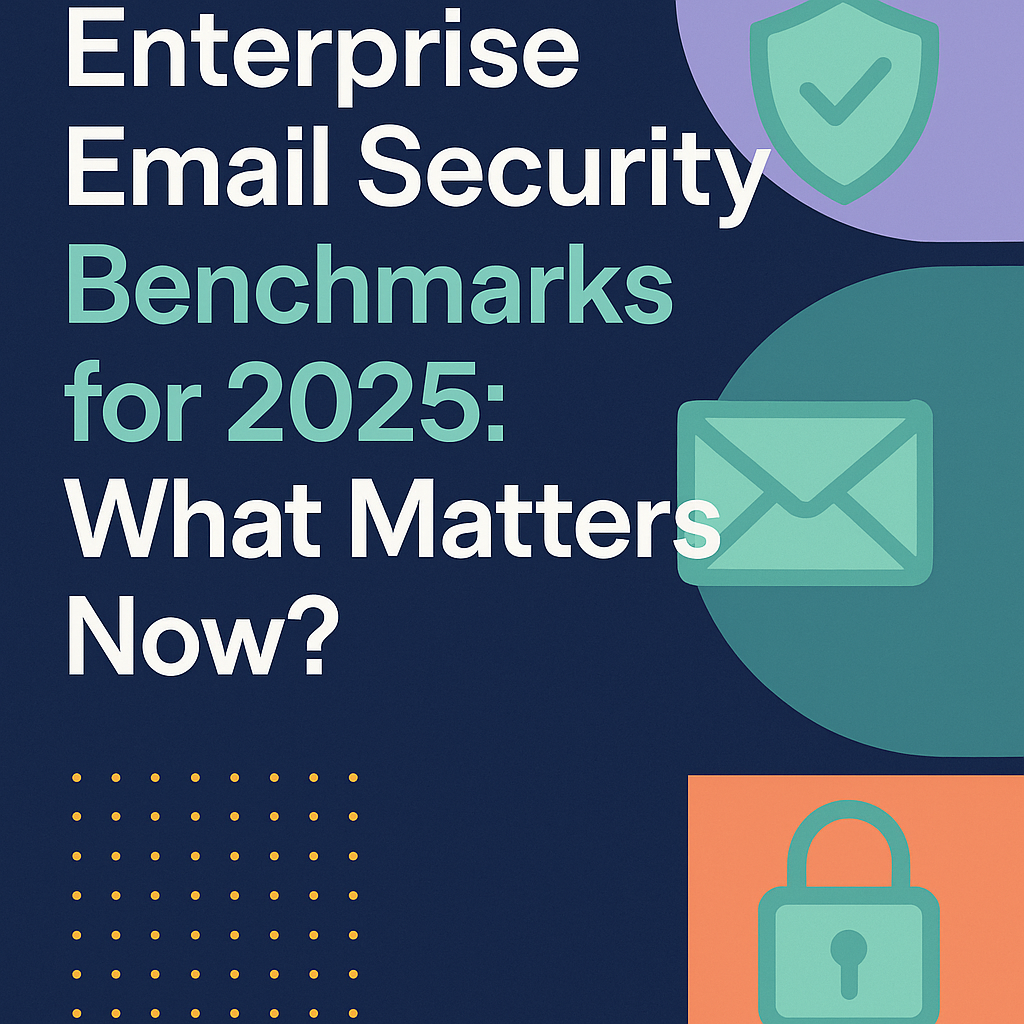
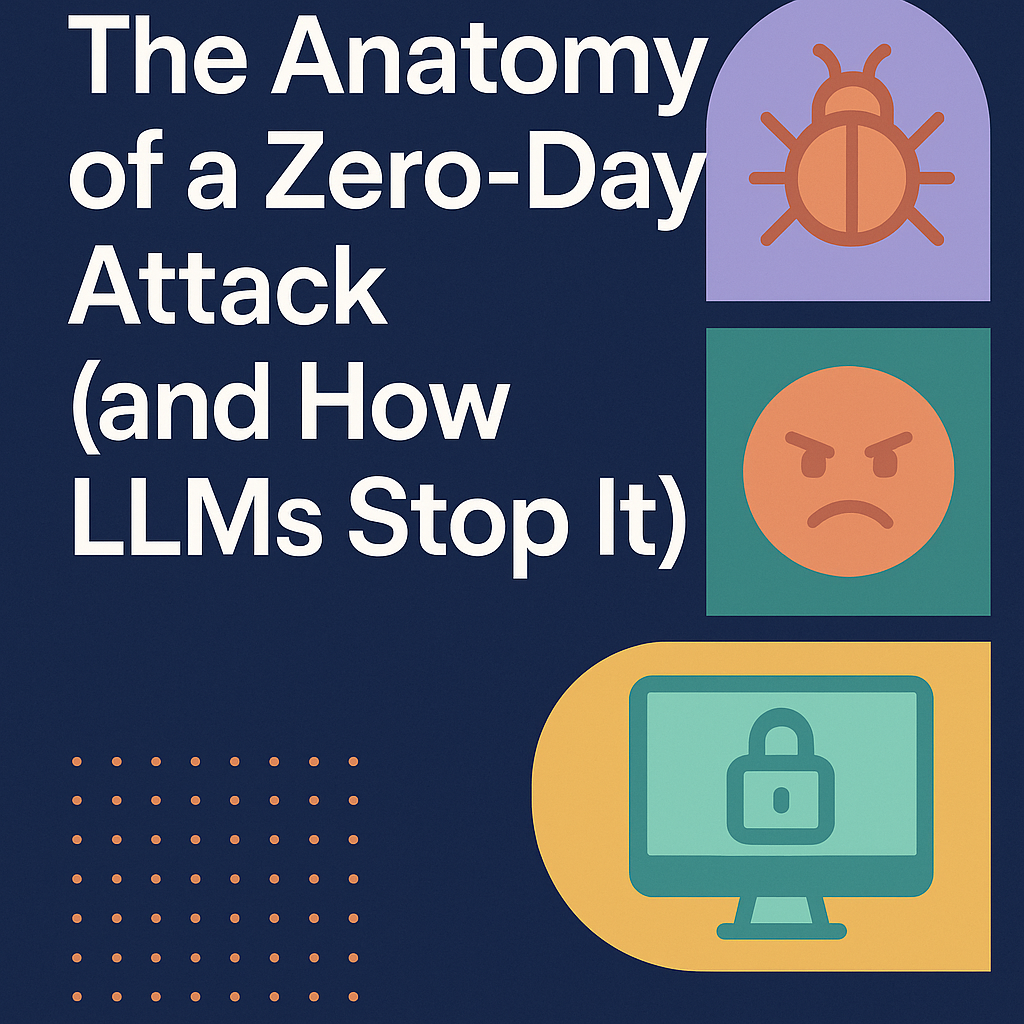
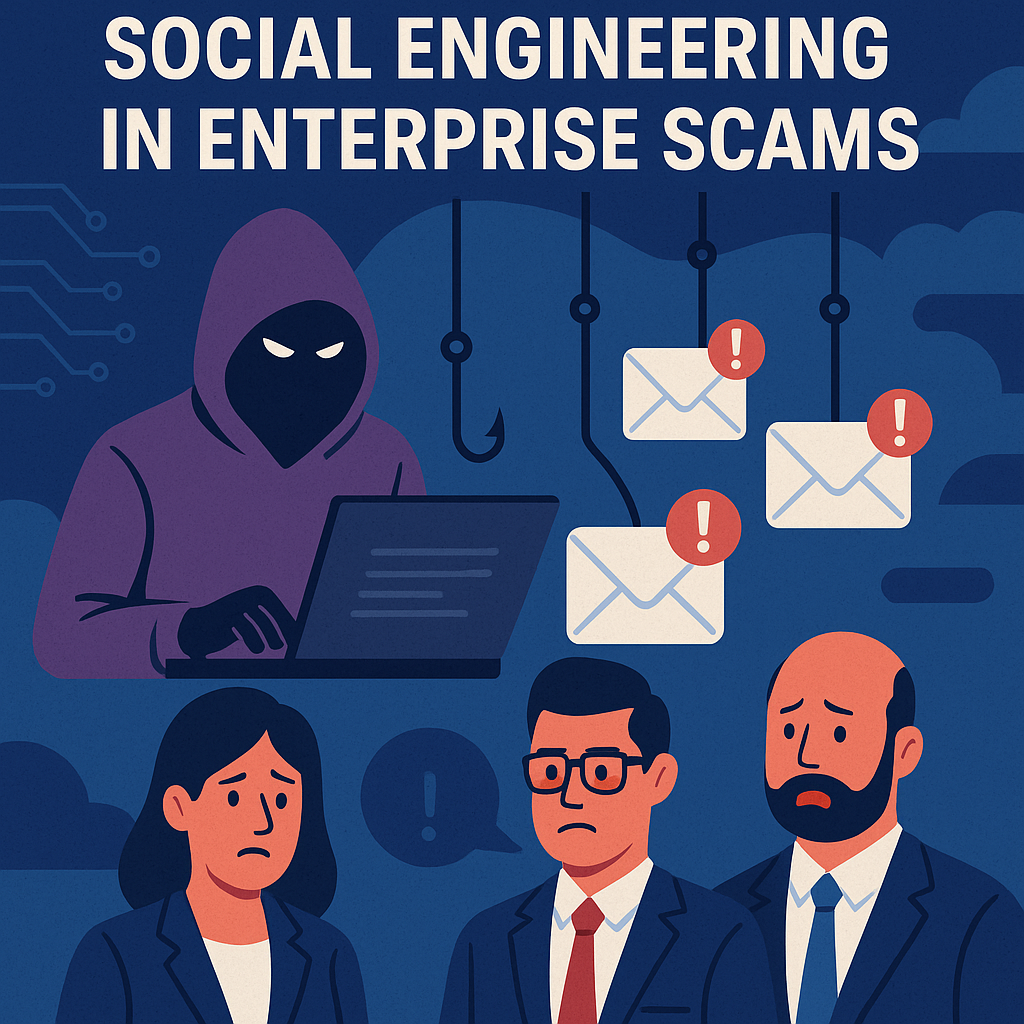
.png)







.png)































%20Attacks%20in%202025.jpg)









